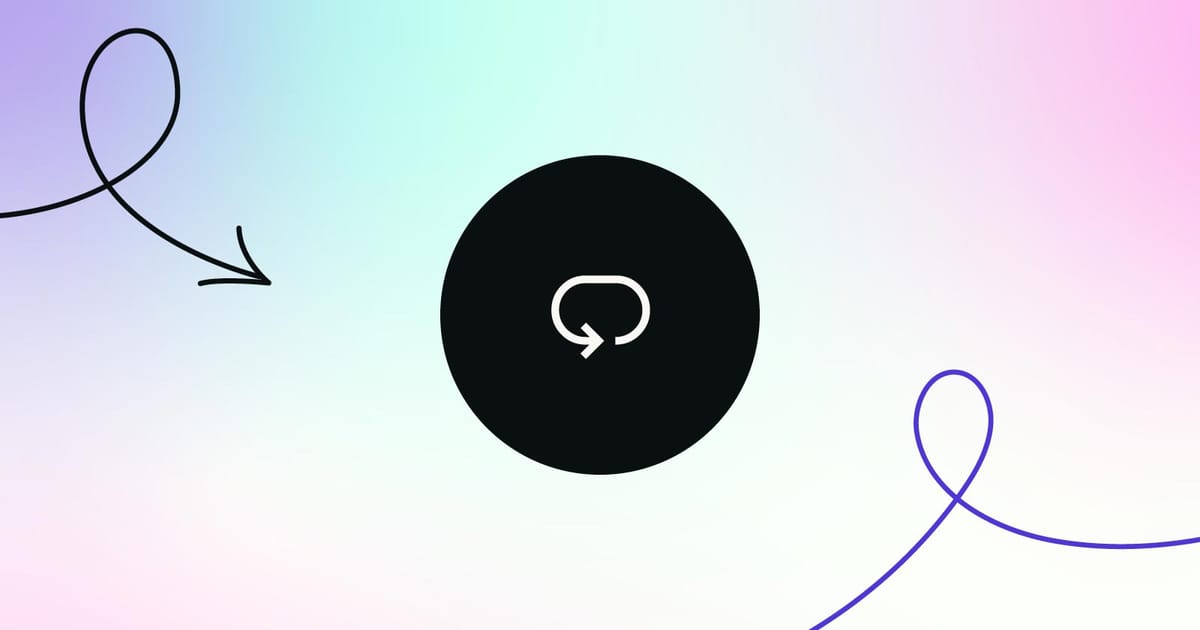When you consider all of the developments made in customer success over the last decade, you’d be forgiven if you think of customer surveys as relics of a bygone era, a time that pre-dates SaaS.
Surveys, QBRs, and annual account reviews may all originate from a time of customer support and account management, but don't be fooled – these tools are just as important today as they were thirty years ago. When used strategically and alongside other feedback methods, gathering customer insights is more crucial than ever, with surveys remaining one of the most powerful tools in a Customer Success Manager’s (CSM) arsenal.
But let's face it – we've all seen surveys done poorly. Like all data collection about people, surveys are a tool that can be misused – and boy, do we know the eye-rolls they can induce! When done right, surveys can be your secret weapon – so long as you don’t rely on them as your sole method for customer feedback.
This article will divulge seven proven strategies to make your surveys truly worthwhile. Every. Single. Time.
- Take a strategic approach to customer surveys
- Framework for effective surveys
- Close the feedback loop
- Harness the power of Customer Success Managers
- Combat survey fatigue and boost survey participation
Take a strategic approach to customer surveys
Here's the thing: you really want to leverage surveys for different milestones along the customer journey. Instead of a one-size-fits-all approach, create specific surveys for different stages.
For instance, if you're looking to gather information about the customer onboarding process, why not create a three or four-question survey asking about that specific experience? Questions like:
- “What did you like about the onboarding process?”
- “What didn't you like?”
- “What can we improve on?
- What would you like to see us do differently?
These four questions alone will get you far more information than an NPS score at that stage. The key is to look along that customer journey and ask, "Where are different places where we want to get a little more insight that we currently don't have?"
Start small. You don't have to survey the entire customer journey at once. Pick one or two key areas where you feel you don't have enough information or where you suspect processes can be improved.
Framework for effective customer surveys
But let's break down the ultimate survey approach into a simple framework:
1. Strategize
This is where you plan your survey methodology. Don't just throw random surveys at your customers. Instead, base your strategy on the outcomes and objectives you want to achieve. What insights do you need? What decisions will this data inform?
2. Systemize
Okay, now you will want to implement your surveys based on your customer lifecycle. To do this, create a system where surveys are triggered at specific points in the customer journey, ensuring you're gathering relevant feedback at each stage.
3. Actualize
Now, this is crucial—you need to act on the feedback you receive. There's no point in collecting data if you're not going to use it. Make sure you have robust processes in place to review survey results, identify actionable insights, and implement changes based on customer feedback.
By following this framework, you ensure that your surveys are purposeful, consistent, and impactful.

Close the feedback loop
Now, here's a crucial point that many overlook: closing the feedback loop. Think about it – nobody likes to help somebody and then never hear what happened with that help. We all want to know how the story ends, right?
When customers can see that you're genuinely trying to understand their experience and that you're acting on their feedback, they become much more open to responding to future surveys. It's about building trust and showing that their opinion truly matters.
So, how do we close this loop effectively? It's simple:
- Inform customers about how their feedback is being used.
- Share the changes you're making based on their input.
- Keep them updated on the progress of these changes.
This approach doesn't just increase customer engagement; it also boosts their willingness to participate in future surveys. Remember, it's not just about collecting data – it's about creating a dialogue with your customers.

Harness the power of your Customer Success Managers
Use your CSMs in your survey strategy. These are our soldiers on the ground, working with customers day in and day out.
CSMs are invaluable in implementing survey strategies and convincing customers to participate. They have the existing relationships with customers and can explain the value of survey participation in a way that resonates.
CSMs can help identify areas where more customer insight is needed. They often intuitively understand customer challenges, even when customers struggle to articulate them clearly. This insight can inform your survey design, ensuring you're asking the right questions to uncover meaningful insights.
Encourage your CSMs to:
- Explain the value of survey participation to customers
- Provide input on survey questions based on their customer interactions
- Help interpret survey results in the context of their customer relationships
- Facilitate the feedback loop by sharing survey outcomes with customers
When you bring these elements together under the voice of the customer umbrella, you create a formal system for continually collecting data, analyzing it, and iterating on it. It's a cycle: identify gaps, collect data, make changes, and then feed it right back into identifying new areas for improvement.

Combat survey fatigue and boost survey participation
Let's address the elephant in the room: survey fatigue. We've all experienced it, both as professionals and as consumers. So, how do we keep our customers engaged and willing to provide feedback?
The key is to emphasize the action that will be taken as a result of their participation. When asking customers to complete a survey, be transparent about your intentions. You might say something like:
"I understand you get surveys all the time – I do too. But we're doing things differently. We're going to follow up and let you know what happened with your feedback."
This sets the bar high, so make sure you follow through. Provide regular updates on your findings and planned changes. You don't have to wait until you've fully analyzed all the data or implemented changes. Even interim updates can be valuable:
"Remember that survey you took a couple of weeks ago? We're still analyzing the data, but here's what we're finding so far. We're considering these changes based on the feedback. We'll keep you updated on our progress."
Another powerful technique is to show that feedback reaches high-level executives and influences decision-making. Share thoughts from your leadership team about the survey results. This demonstrates that customer feedback is taken seriously at all levels of the organization.
Here are some techniques to boost your response rates:
- Set clear expectations: Let customers know upfront how their feedback will be used.
- Provide updates: Keep customers informed about the insights gained from the survey and the actions being taken.
- Show executive involvement: Demonstrate that survey results are reaching top-level decision-makers.
- Preview upcoming surveys: Create anticipation by letting customers know what future surveys will cover.
Remember, it's not about the survey itself – it's about how you close the loop that makes the biggest difference.
Get Customer Research Certified
Transform insights into action, amplify your strategy, and ensure your brand speaks the language of its customers.
👀 Uncover the real desires and needs of your customers to drive product success.
🎙 Master the art of structuring potent interviews for the most impactful insights.
🧩 Boost buy-in and collaboration by effectively communicating research results to your team.



 Follow us on LinkedIn
Follow us on LinkedIn




